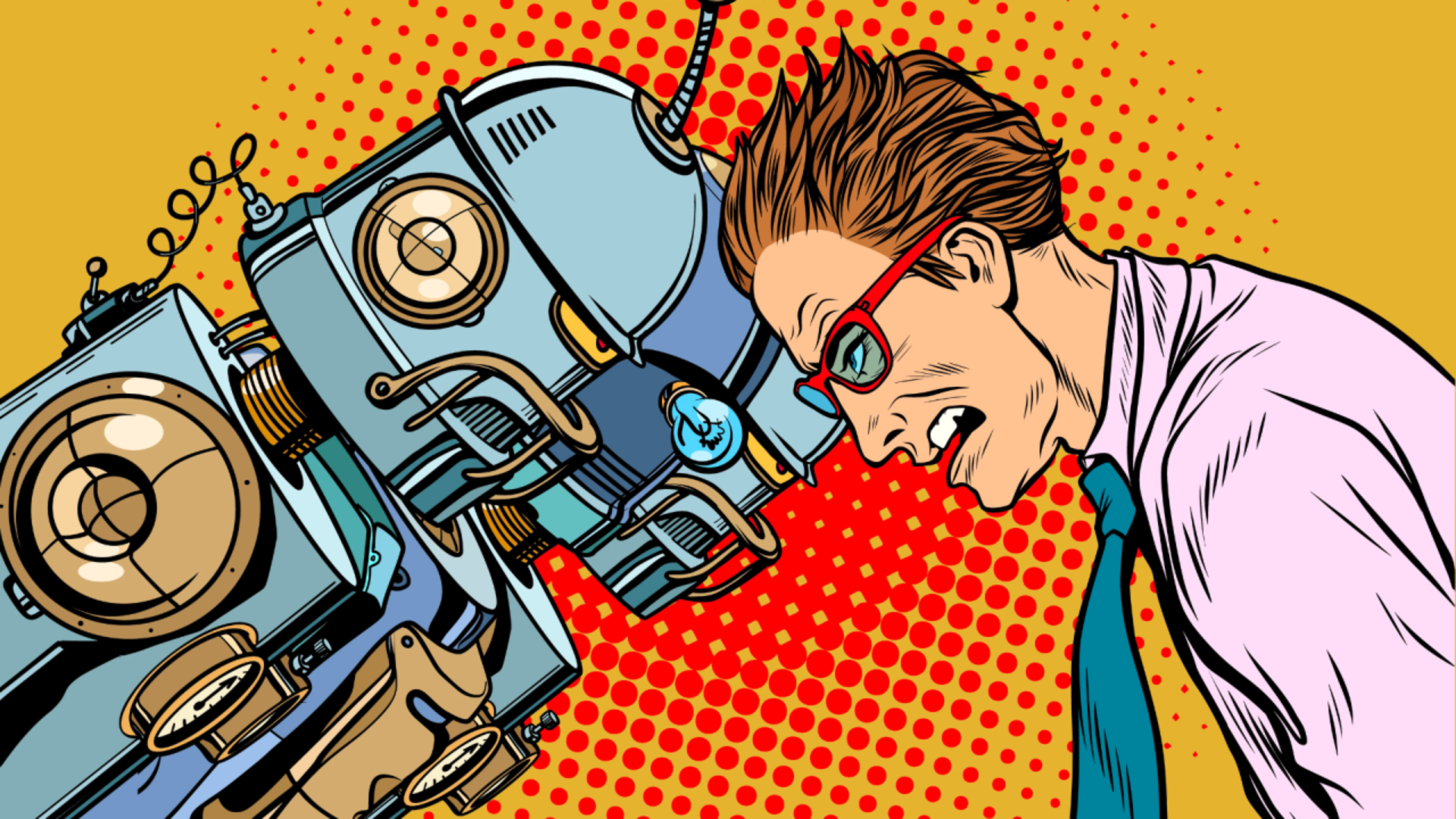2 min read
Hyper-Connecting the Worker Experience Through Mobile Technology
Since the first generation of mobile networks began to emerge four decades ago, digital technologies have revolutionized user capabilities through...
3 min read
Logical Design Solutions
:
4/16/24 2:14 PM
The world of work looks vastly different from what it did just a few years ago. Many employees have come to appreciate the benefits of a work-life balance, culture, and social responsibility, and have shifted their expectations around what they will and will not accept in the workplace. Loyalty to the organization is almost non-existent today, as employees are highly likely to switch companies as soon as they get a better offer. In tandem with developments on the technological frontier, therefore, there must be a renewed focus on delivering an exceptional employee experience. This is foundational to successful worker augmentation.
Employee engagement and inspiration will necessarily be front and center on all business leaders’ agendas. This can be positively influenced by augmentation technologies that enhance various aspects of work. Work and job design will focus on collaboration to reveal previously untapped human potential. Progressive organizations will also promote connectivity and engagement while also fostering learning at all levels by actively supporting reskilling.
As shown in Figure 1, and depending on the role of the worker involved, these might include:
Augmentation contributes to increased employee engagement by allowing workers to focus on more meaningful and challenging aspects of their work, which in turn leads to a sense of accomplishment coupled with increased productivity. To effectively collaborate with advanced technologies, workers can be motivated to learn new skills and invest in personal growth. The use of virtual communication, project management, and real-time collaboration tools also leads to a sense of teamwork and shared accomplishment. Business leaders are key actors in the development of this digital culture, needing to not only imagine, define, and operationalize how workers will interact with new technologies, but also to focus on enabling collaborative processes in complex settings.
.png?width=1200&height=627&name=LinkedIn%20Single%20Image%20Ad%20Block%20(1).png)
Figure 1. Promoting Employee Engagement
AI-driven personalization tools can tailor work experiences based on individual preferences, skills, and work styles. This personalization can lead to greater employee engagement and a sense of being valued as an individual contributor. Along similar lines, augmentation can contribute to more sophisticated performance tracking and recognition systems, as algorithms can analyze and highlight employees' achievements, allowing for more personalized and timely recognition.
While AI tools excel at certain tasks, these also require human intelligence (HI) to realize a true return on investment for organizations. Uniquely human traits like empathy, inclusivity, creativity, ethical judgment, and the ability to navigate complex social interactions are all elements that AI can’t replicate.
Technologies that support employee well-being, such as wellness apps, mental health support platforms, and flexible work arrangements facilitated by augmentation can contribute to a healthier work-life balance for the worker. Also, data-driven insights into employee performance, preferences, and needs can be leveraged to tailor engagement strategies, address challenges, and create a more supportive work environment.
As shown in Figure 2, while certain jobs are at risk from technology, new roles are emerging for humans, such as those requiring empathy, interpersonal skills, and complex decision-making. Human creativity and emotional intelligence are areas where machines currently struggle to match human capabilities. Jobs that support and optimize remote work environments, including virtual collaboration tools, digital infrastructure management, and remote team facilitation will also be in demand, along with those that ensure ethical AI development, address bias, and navigate the societal implications of AI technologies.
.png?width=1200&height=627&name=LinkedIn%20Single%20Image%20Ad%20Block%20(2).png) Figure 2. The Future of Jobs
Figure 2. The Future of Jobs
Augmentation tools can empower employees by providing them with the autonomy to make decisions and contribute ideas. When employees feel that their input is valued and they have control over their work, it positively impacts their engagement levels. Conversely, automation of administrative tasks through augmentation technologies can reduce the time spent on manual, repetitive work.
A culture of innovation can be encouraged by providing augmentation tools that enhance creativity and problem-solving. While a lot of new technology is inherently useful, adopting it without context or purpose for workers continues to be a common theme in organizations struggling with digital transformation.
For example, AI-powered idea generation, collaborative design tools, and virtual brainstorming sessions can stimulate innovation and worker engagement. Continuous performance monitoring, real-time feedback, and data-driven performance management can also contribute to a sense of progress and achievement.
By combining technology with thoughtful strategies for employee engagement, organizations can create a work environment that aligns with the needs and aspirations of their workforce. Augmentation, when implemented effectively, can play a crucial role in fostering a positive and engaging workplace culture.

2 min read
Since the first generation of mobile networks began to emerge four decades ago, digital technologies have revolutionized user capabilities through...

3 min read
During the First Industrial Revolution in the 1800s, machines replaced human muscle in some manual tasks, such as in factories and through the use of...

4 min read
…anything that can’t be automated will be incredibly valuable. Whether we consider AI a tool, a collaborator, or a displacer, it will alter our...